

— Products —
 Consumer hotline +8618073152920
Consumer hotline +8618073152920 WhatsApp:+8615367865107
Address:Room 102, District D, Houhu Industrial Park, Yuelu District, Changsha City, Hunan Province, China
All products
rain gauge sensor is an instrument designed to measure and record the amount of liquid precipitation over a set period.These sensors play a crucial role in meteorology, agriculture, hydrology, and water resource management by providing accurate and timely data on rainfall.Understanding how rain gauge sensors work, their types, and applications can help in various fields, from weather forecasting to farming.
Tel/WhatsApp:+8615367865107
Email:Arvin@niubol.com +Nearly 100 partner companies in more than 68 countries. We are committed to providing high-quality, practical products to meet your needs and help you solve problems. Our products comply with international standards and are certified with ISO, CE and RoHS.Product Details
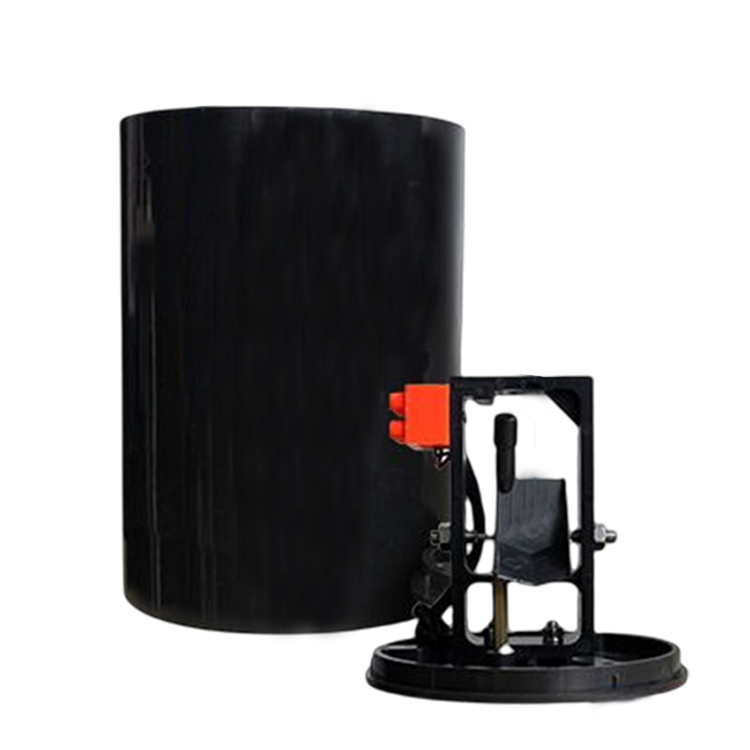
|
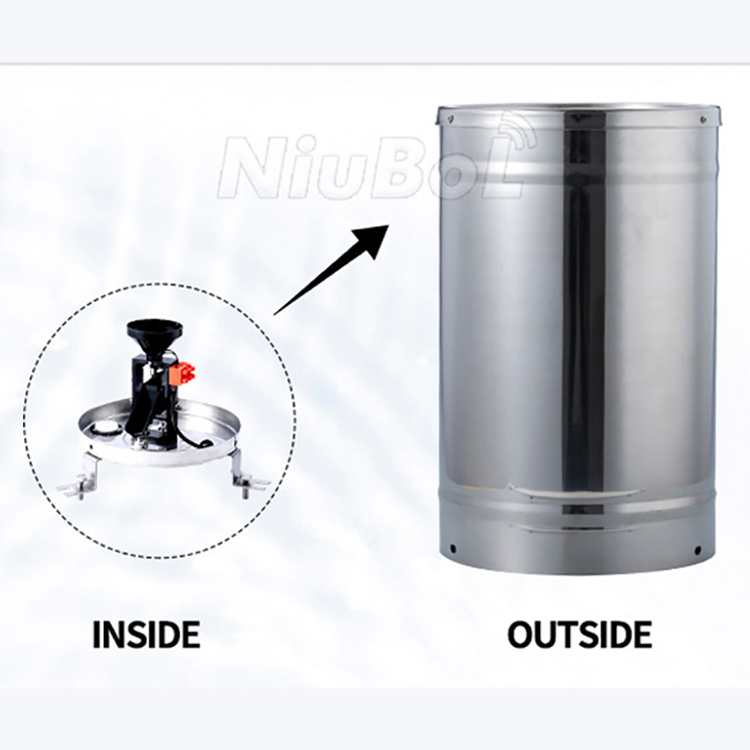
|
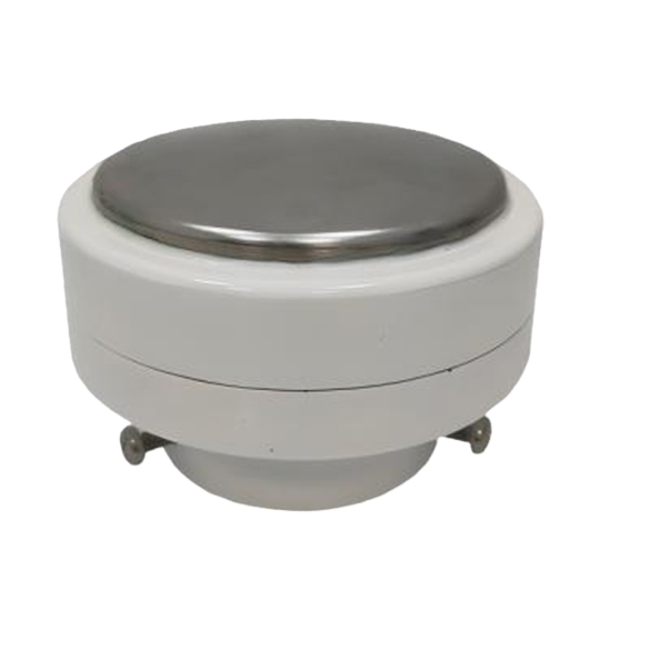
|
| ABS Tipping bucket rain gauge sensor | Tipping bucket Rain gauge sensor | Piezoelectric Rain Gauge |
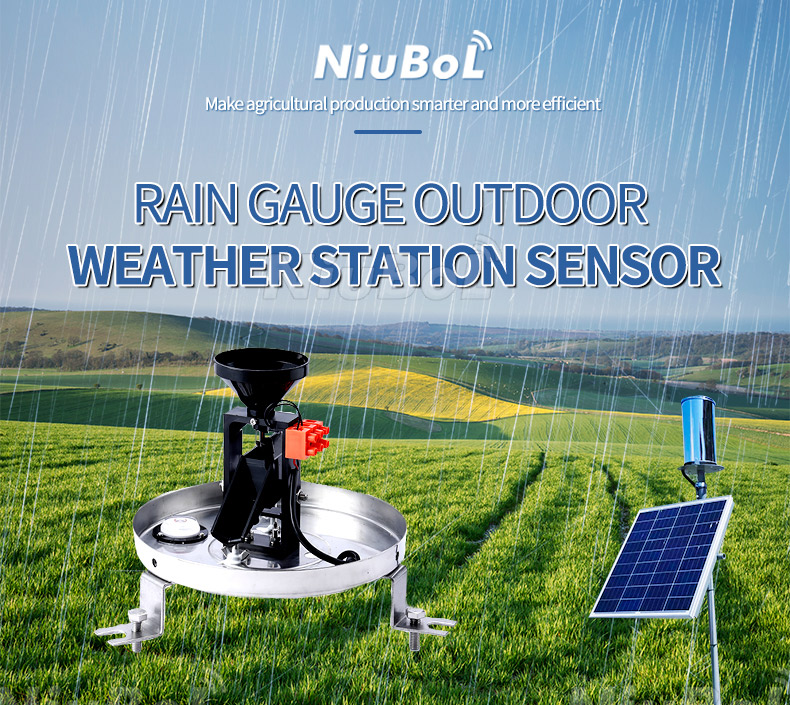
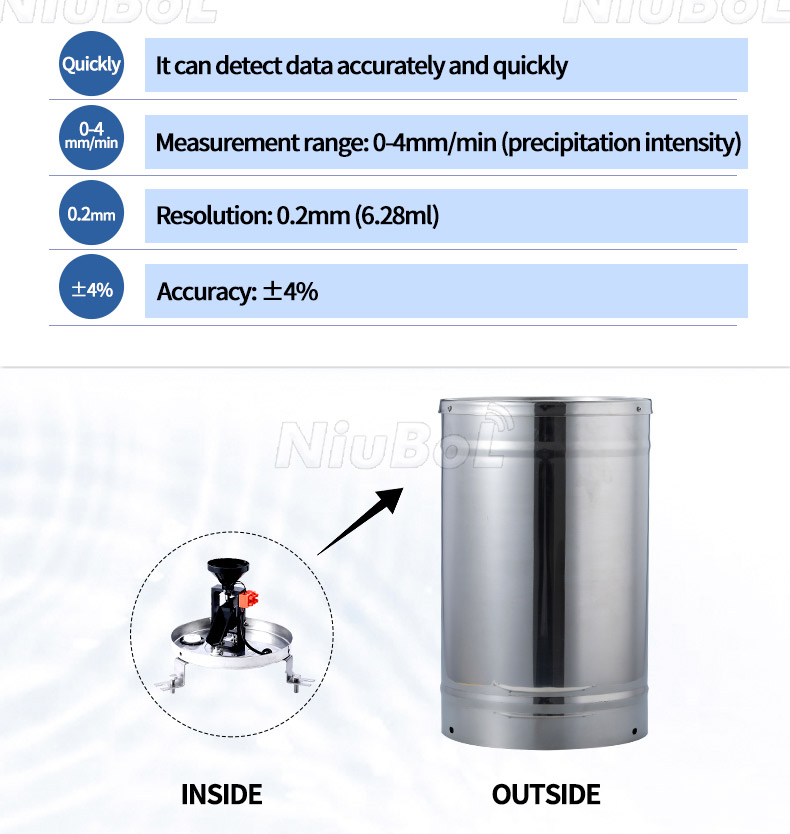
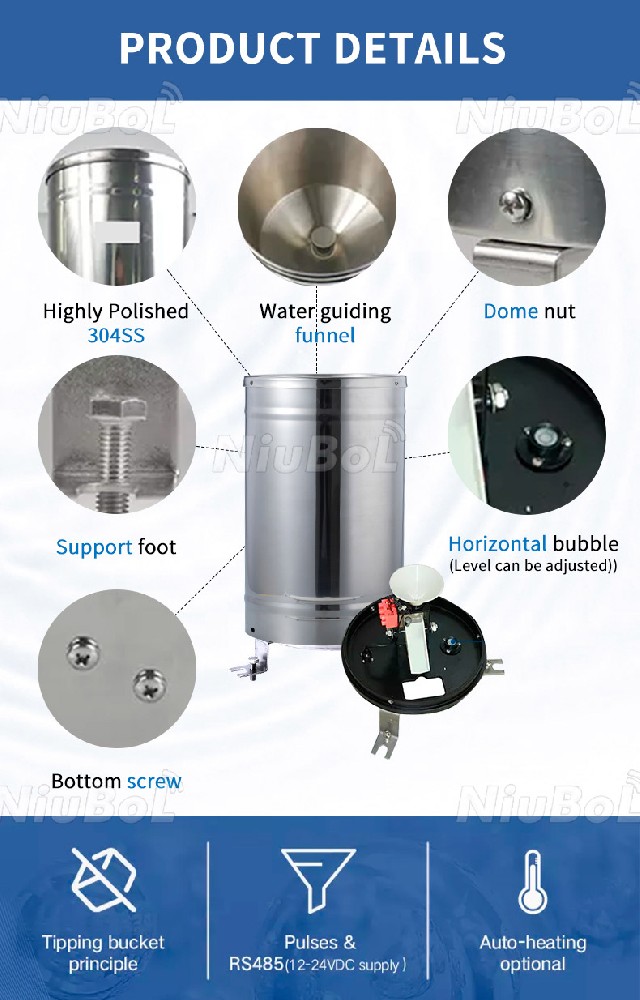
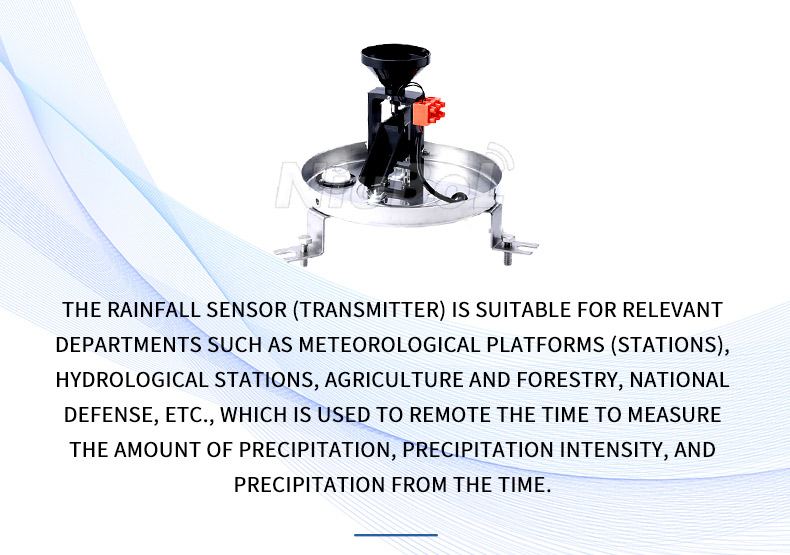
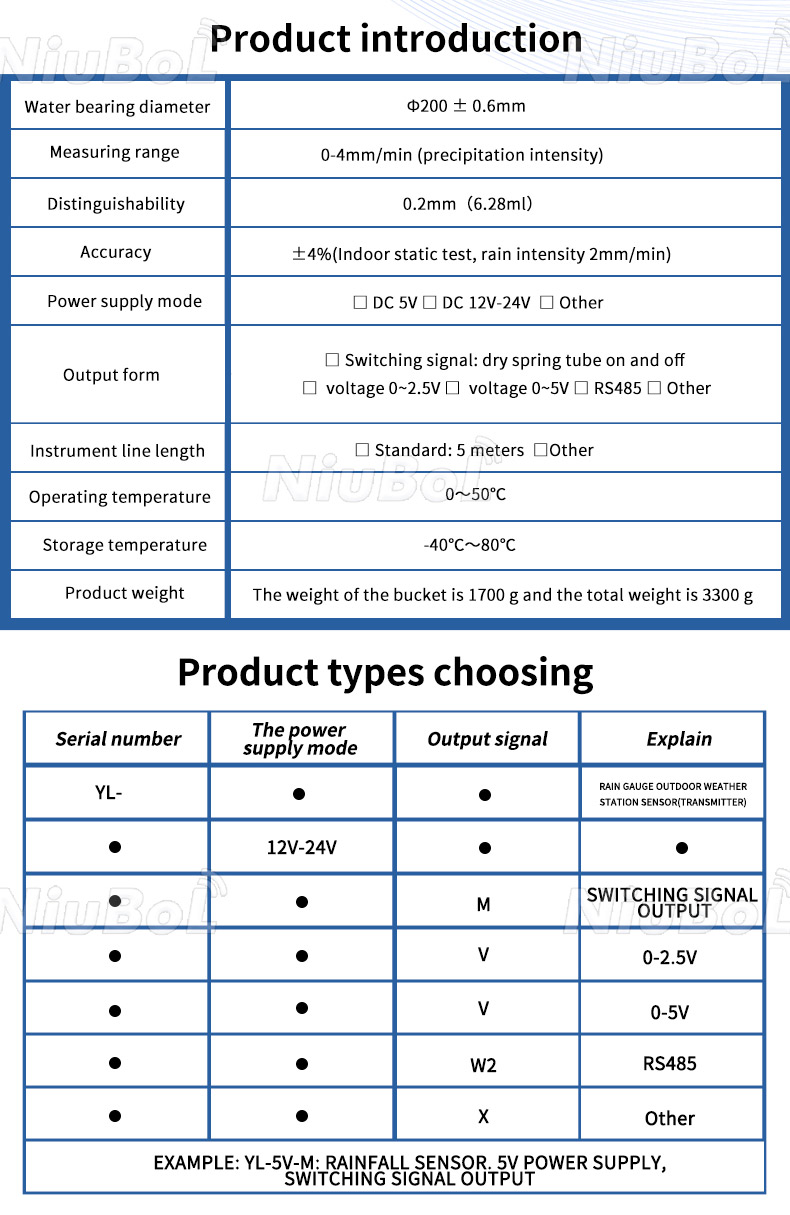
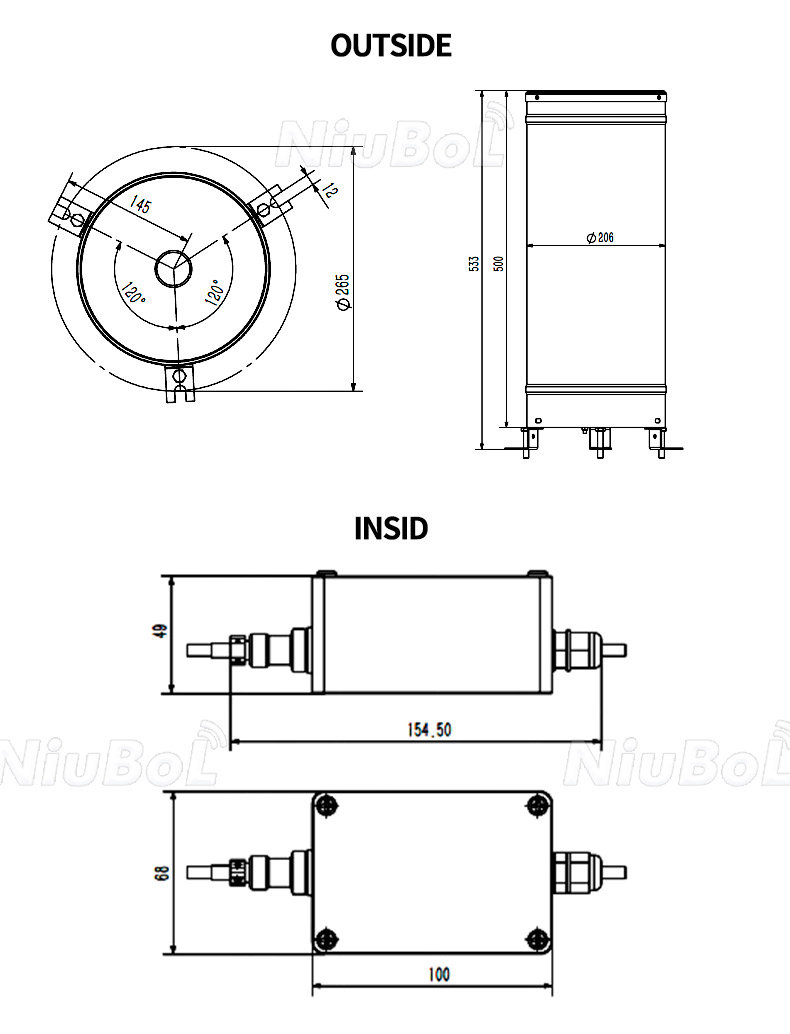
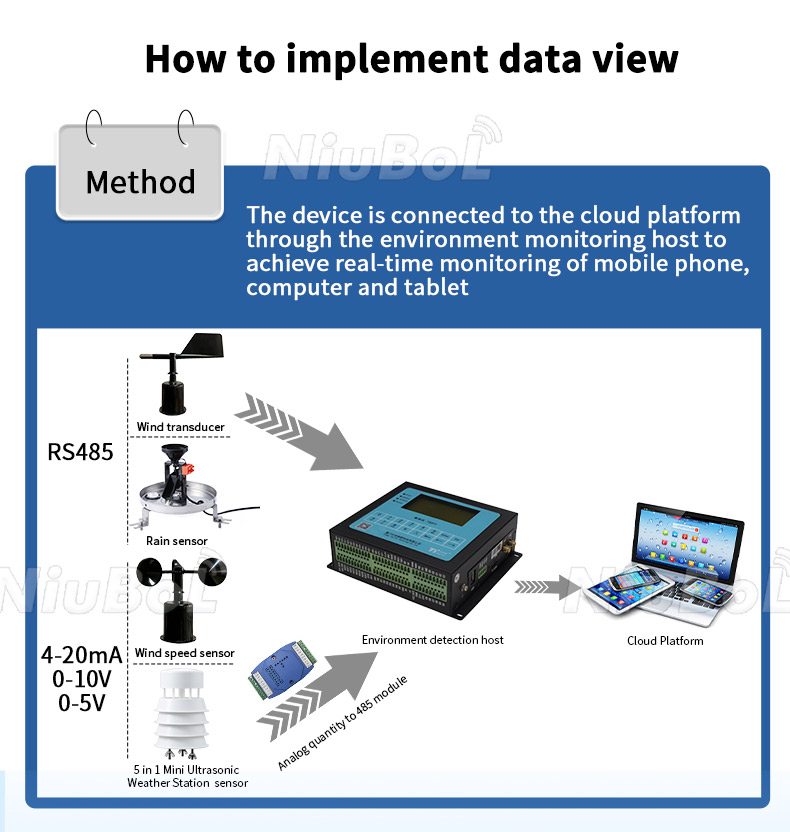
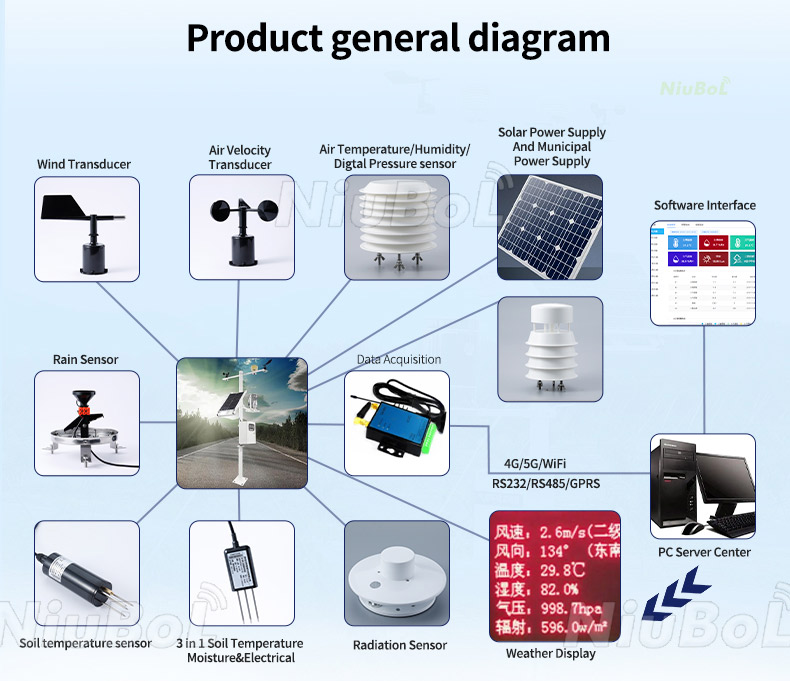
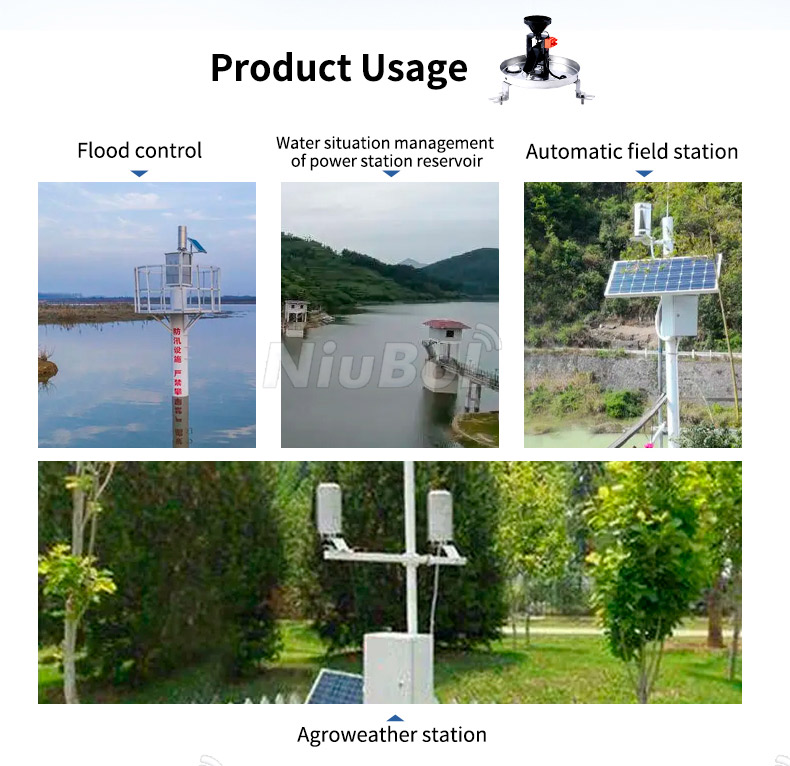
A rain gauge sensor is an instrument designed to measure and record the amount of liquid precipitation over a set period.These sensors play a crucial role in meteorology, agriculture, hydrology, and water resource management by providing accurate and timely data on rainfall.Understanding how rain gauge sensors work, their types, and applications can help in various fields, from weather forecasting to farming.
Rain gauge sensors typically work by collecting rainwater in a designated container and measuring the quantity to determine the rainfall amount.The operation principle can vary depending on the type of rain gauge.Here are the common types:
1.Tipping Bucket Rain Gauge: This is one of the most widely used types.It consists of a funnel that directs the rain into a small seesaw-like container.Each tip happens when a specific amount of rain (e.g., 0.01 inches) has been collected, emptying the water and sending an electrical signal that is recorded.The number of tips is used to calculate the total rainfall.
2.Weighing Rain Gauge: This type measures the weight of the rain collected in a container.The weight is converted into an equivalent depth of rainfall, considering the collection area's size.Weighing gauges are particularly useful for measuring snowfall or mixed precipitation.
3.Optical Rain Gauge: Optical sensors use a laser or infrared beam to detect raindrops passing through the beam.The amount of light blockage or scattering is used to estimate the rain rate.
- Weather Forecasting: Rain gauge sensors provide critical data for predicting weather patterns and preparing for storm events.
- Agriculture: Farmers use rainfall data to make informed decisions about irrigation, planting, and harvesting times.
- Flood Warning Systems: Real-time data from rain gauges can trigger early warnings for potential flooding, helping to mitigate damage and prepare communities.
- Water Resource Management: Understanding precipitation patterns helps in managing reservoirs, planning for water supply, and controlling drainage systems.
- Research and Education: Scientists and students use rain gauge data for environmental and atmospheric research, contributing to our understanding of climate change and water cycles.
To ensure accuracy, rain gauge sensors require regular maintenance, including cleaning to prevent clogging and calibration to maintain precision.One challenge is the siting of the gauge;it must be placed in an open area away from obstacles that could block rain or cause splashing, which might lead to inaccurate readings.Additionally, in cold climates, snow and ice can interfere with measurements, requiring heated rain gauges for accurate winter data collection.
In conclusion, rain gauge sensors are indispensable tools in meteorology and environmental science, providing essential data for a wide range of applications.Their accuracy and reliability depend on the technology used, proper installation, and regular maintenance.
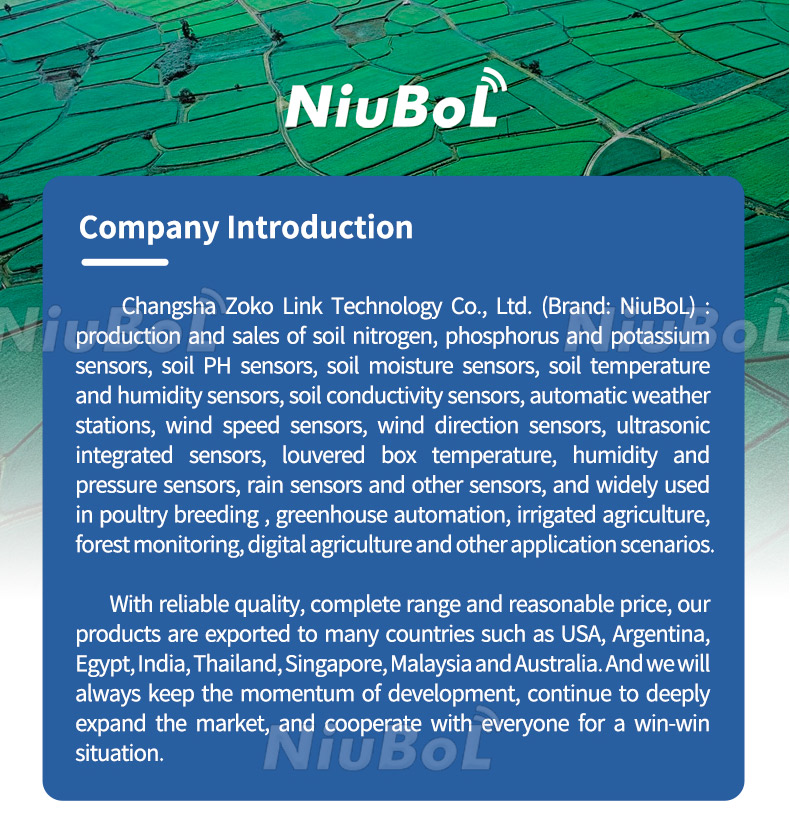
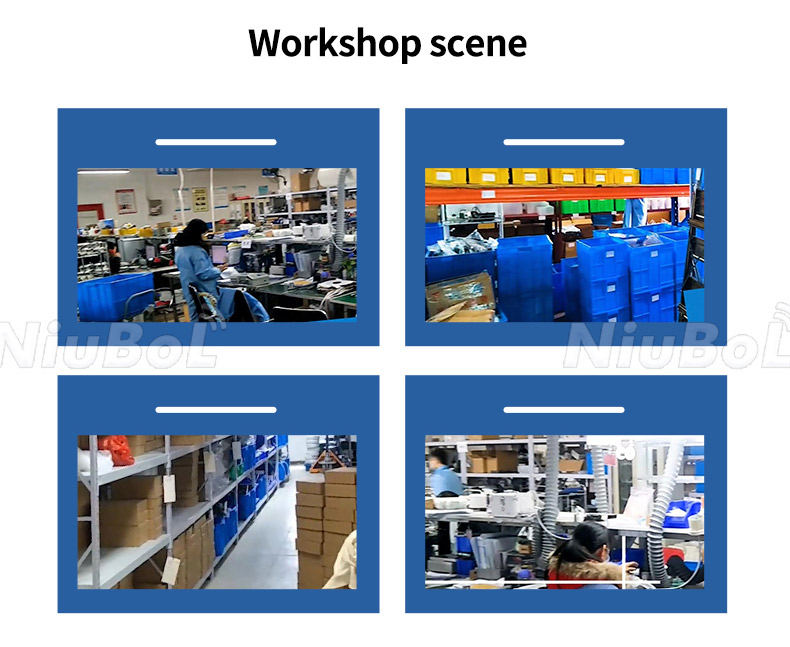
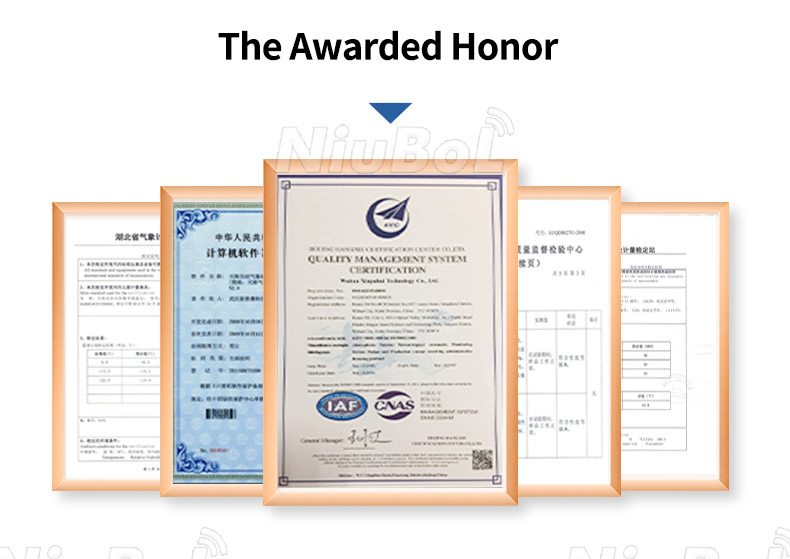
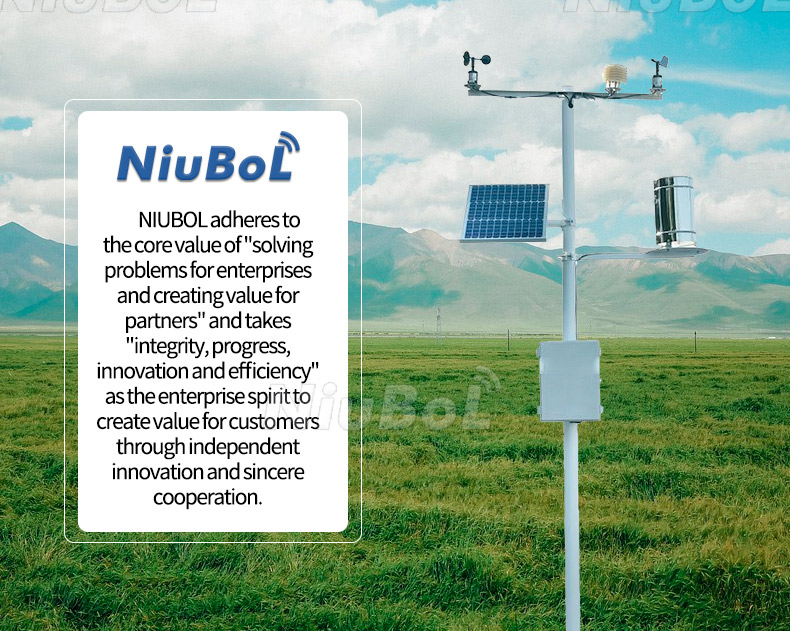
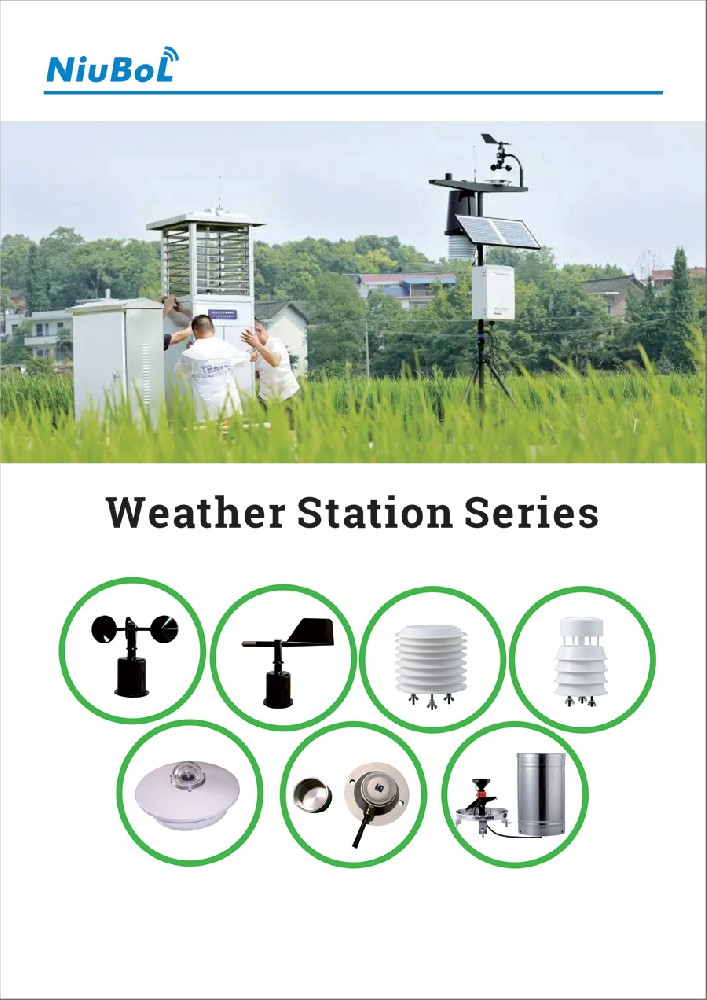
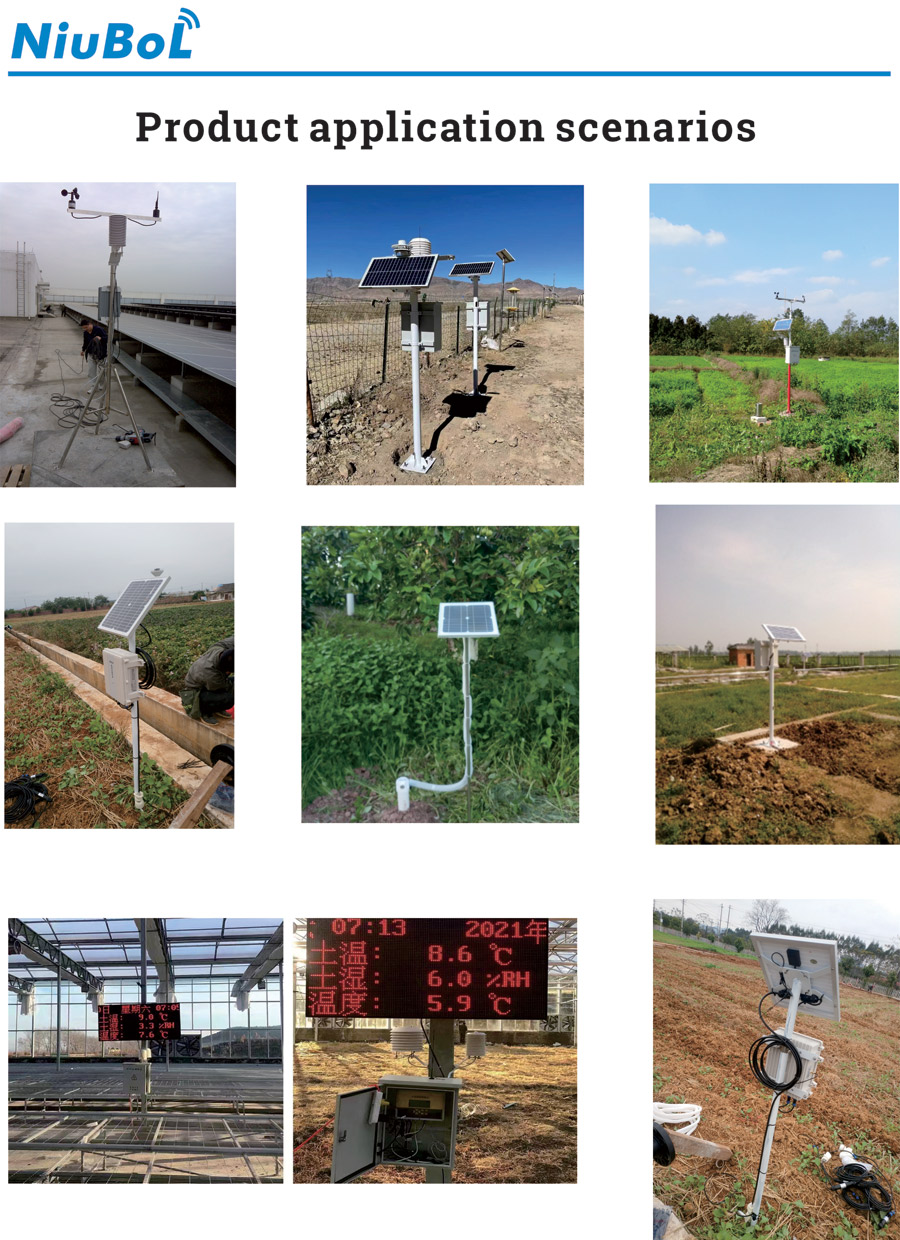
NBL-W-ARS-Tipping-bucket-rain-gauge-instruction-manual.pdf
Sensors & Weather Stations Catalog
Agriculture Sensors and Weather Stations Catalog-NiuBoL.pdf
Weather Stations Catalog-NiuBoL.pdf
Related recommendations
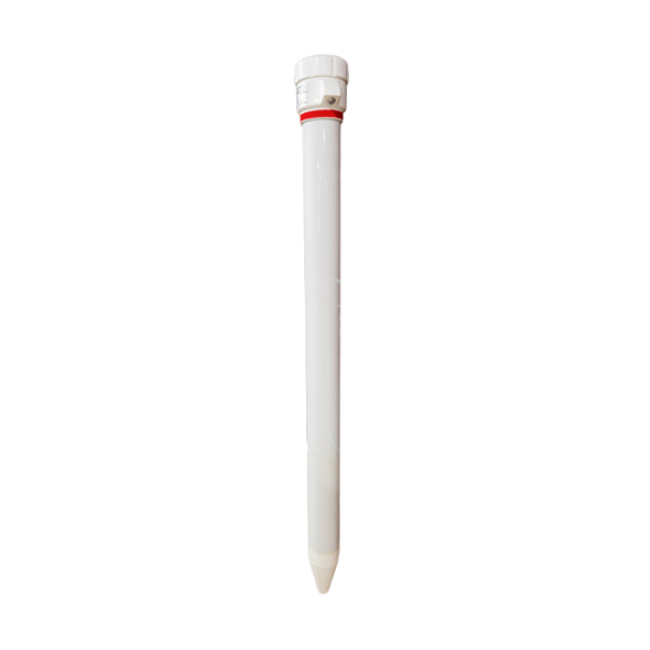 Multi-Depth Soil Sensor RS485
Multi-Depth Soil Sensor RS485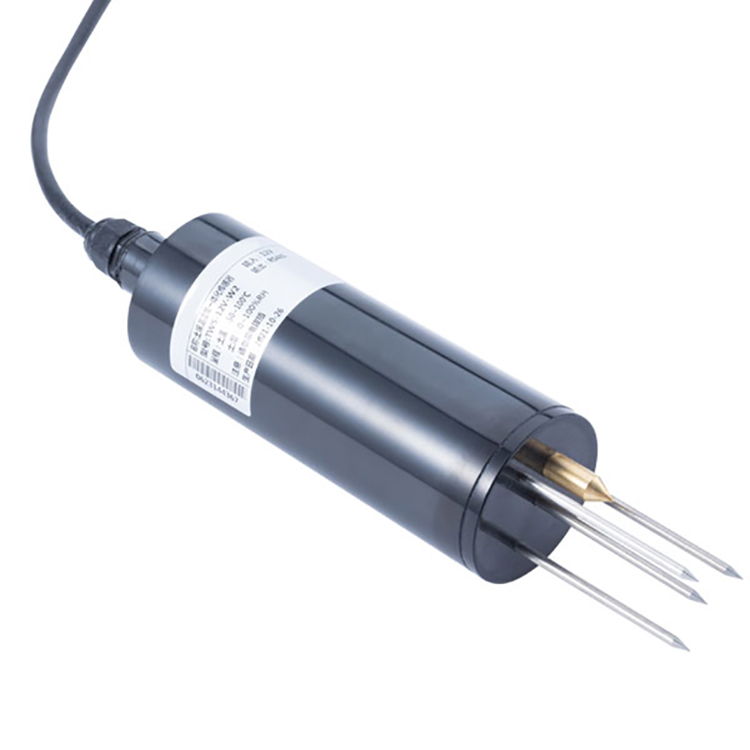 TDR Soil Moisture Sensor
TDR Soil Moisture Sensor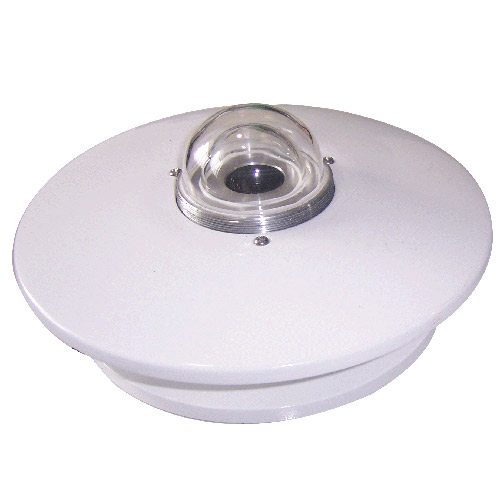 Pyranometer Solar Radiation Sensors
Pyranometer Solar Radiation Sensors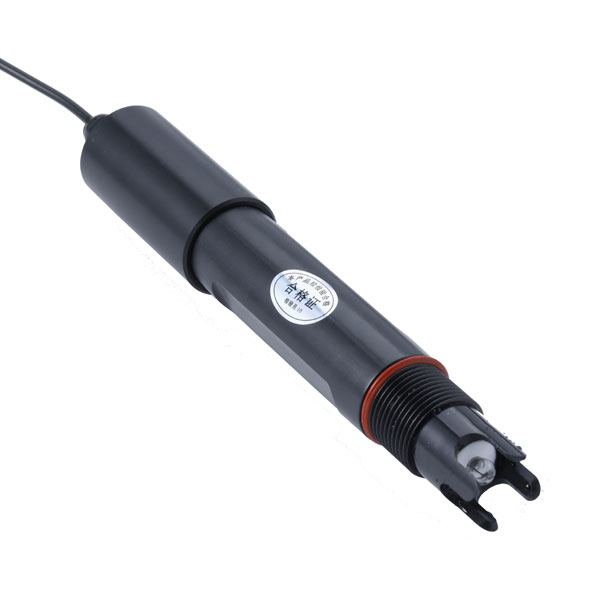 Soil ph sensor
Soil ph sensor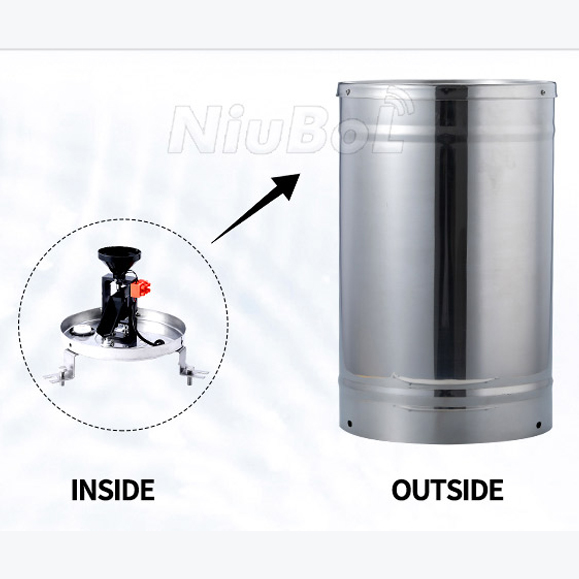 Tipping Bucket Rain Gauge
Tipping Bucket Rain Gauge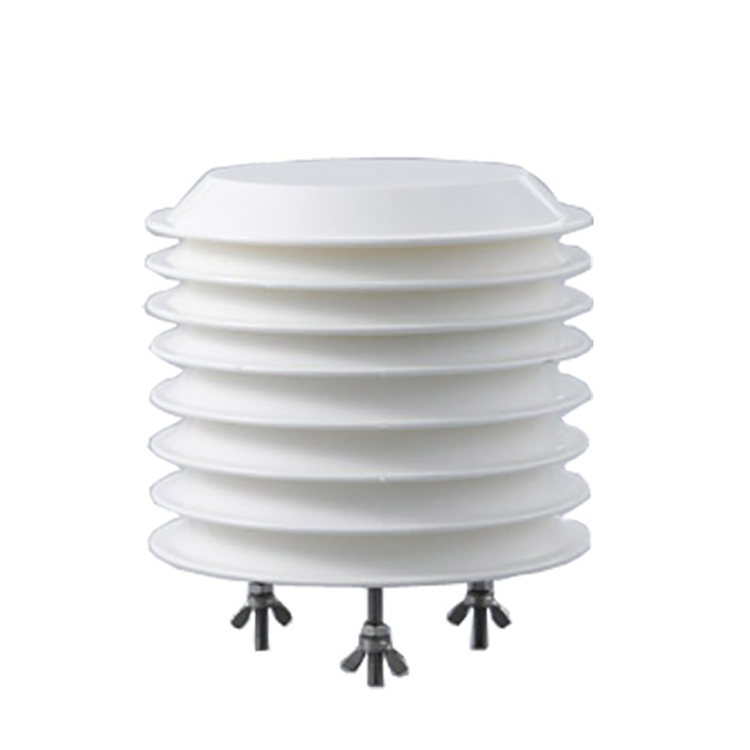 Air Temperature and Humidity Sensor
Air Temperature and Humidity Sensor
Screenshot, WhatsApp to identify the QR code
WhatsApp number:+8615367865107
(Click on WhatsApp to copy and add friends)
